The cost of Semaglutide can be high, often starting near $935 for name-brand options. Uninsured? Expect to dig deeper into your wallet. This guide unravels the issue of Semaglutide cost, exploring how insurance can significantly alter what you pay and giving you strategies to cut down these expenses.

Key Takeaways
- Semaglutide is a costly GLP-1 RA medication with prices significantly impacted by factors such as dosage, insurance coverage, and brand, with substantial out-of-pocket costs for uninsured patients reaching up to $15,000 annually.
- Patient Assistance Programs like Novo Nordisk PAP provide cost relief for eligible patients, with varying assistance based on income level and insurance coverage, allowing some to access Semaglutide at no cost.
- Alternatives to Semaglutide, such as other weight management medications, offer varying costs and efficacy, while Semaglutide remains effective in weight loss and metabolic health improvement despite debates on its high cost and cost-effectiveness.
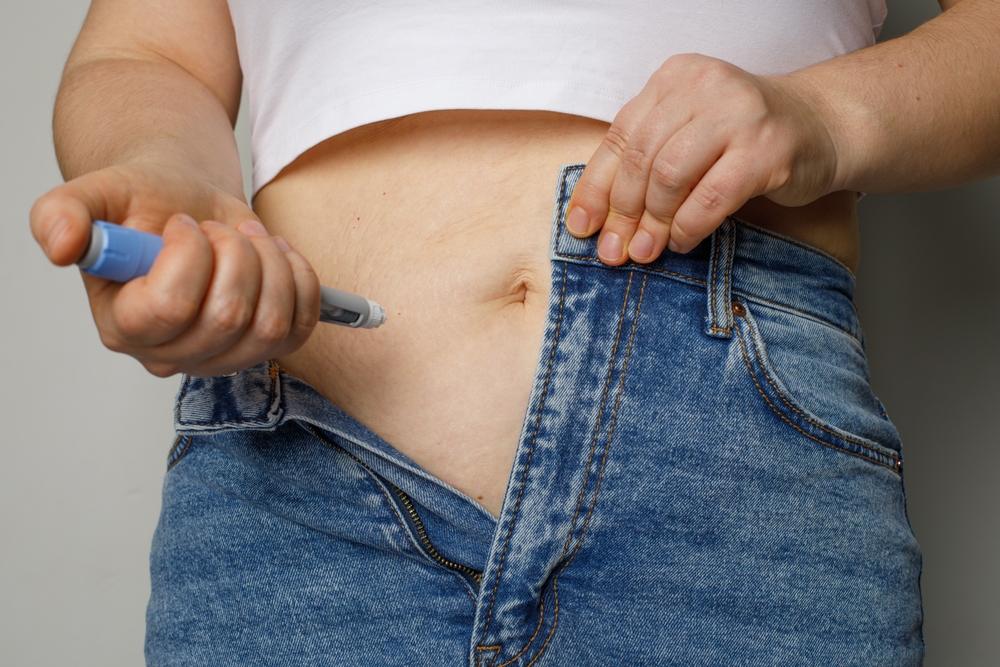
Exploring the Cost of Semaglutide
Semaglutide, a GLP-1 RA medication, has varying costs depending on factors like product formulation, dosage, and insurance coverage. Here are some key details:
- Prices start from $935.77 for brand-name versions like Wegovy, Ozempic, and Rybelsus
- The dosage of Semaglutide can range from 0.25mg to 1mg once every week for regular treatment
- For weight loss purposes, the dosage can go up to 2.4mg
- The dosage prescribed by the doctor can significantly impact the total cost of treatment
As a medication within the GLP-1 RA class, Semaglutide’s pricing is influenced by factors specific to the pharmaceutical market, including branding and market positioning.
Insurance Coverage and Semaglutide
The cost of Semaglutide can be significantly affected by insurance coverage. While most insurers refuse to pay for Semaglutide treatment due to its high price and projected future demand, some patients, with the necessary requirements like prior authorization met, may pay as low as $25 per month. However, the list price of Semaglutide is not typically the amount covered individuals pay, as health insurance can noticeably alter the cost.
Medicare plans may assist with the cost of Semaglutide, potentially making mail-order medications a more cost-effective option.

Out-of-Pocket Costs for Semaglutide
Without insurance, out-of-pocket costs for a 30-day supply of Semaglutide can range from $804 to $950, with annual costs reaching up to $15,000. The cost of Ozempic (Semaglutide) starts at around $915 per injection pen without insurance, varying by dosage, number of pens, and pharmacy selection.
These figures underscore the financial burden individuals without insurance can face when seeking Semaglutide treatment.
Pharmaceutical Companies and Pricing Strategies
The pricing of Semaglutide is significantly shaped by:
- Pharmaceutical companies who set the list price for medications like Semaglutide annually, considering healthcare system changes, market conditions, and inflation factors
- PBMs (Pharmacy Benefit Managers) who negotiate prices between payers and health insurance companies
- Market conditions
Insured patients often negotiate lower prices and pay less than the list price due to negotiations between commercial insurance payers and health insurance companies.
Pharmacy Benefit Managers (PBMs) play a crucial role in negotiating discounts for insurers and employers, influencing Semaglutide’s final cost to consumers. However, high list prices for medications can have a disproportionate impact on marginalized and lower-wage populations, especially those without insurance coverage for these medications.
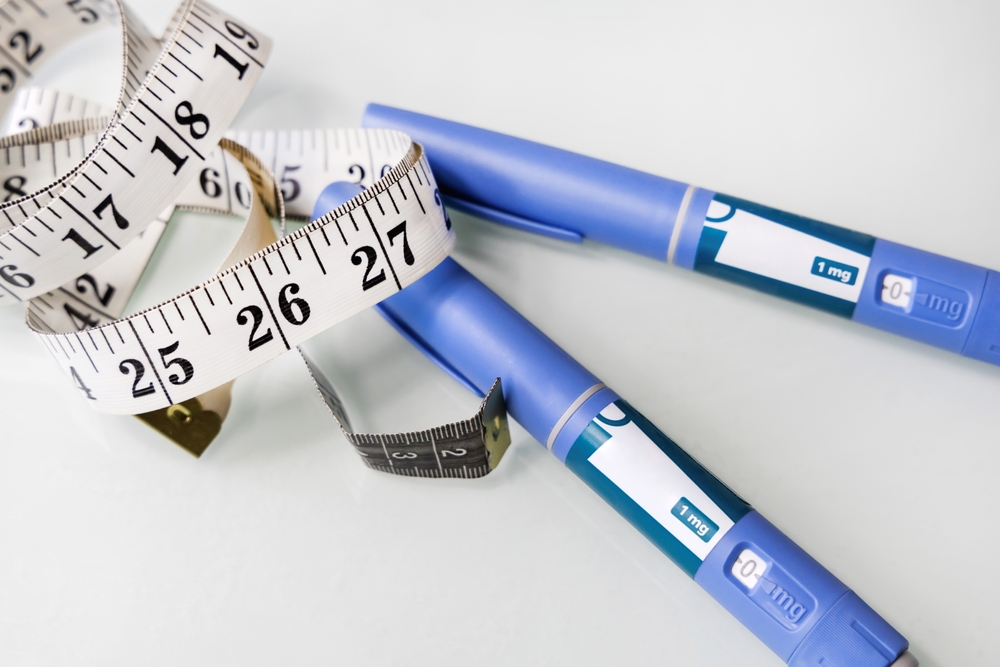

Patient Assistance Programs for Semaglutide
Eligible patients can access Semaglutide at no cost through Patient Assistance Programs such as Novo Nordisk PAP. The program is available for U.S. citizens or legal residents who have a total household income at or below 400% of the federal poverty level. The PAP application process includes submitting proof of adjusted gross annual household income, such as paycheck stubs, tax returns, or income statements.
Uninsured patients are enrolled in the Novo Nordisk Patient Assistance Program for 12 months, while Medicare patients are enrolled for a calendar year. Patients can receive automatic refills for most medications, with the prescriber managing the auto refills. Additionally, Novo Nordisk provides patient assistance through programs like the Partnership for Prescription Assistance for those who qualify, which can help reduce medication costs for Semaglutide.
Eligibility Criteria for Assistance Programs
To qualify for the Novo Nordisk Patient Assistance Program, individuals must have a household income at or below 400% of the federal poverty level, which makes them eligible for a low income subsidy. Proof of income such as paycheck stubs, tax returns, or income statements is required. Eligibility criteria for patient assistance programs typically involve insurance coverage, with the Ozempic Savings Card requiring applicants to be commercially insured.
Applicants need to provide various documents, including proof of residency, public benefits support paperwork, a doctor’s letter regarding medical conditions, and a recent federal tax return.
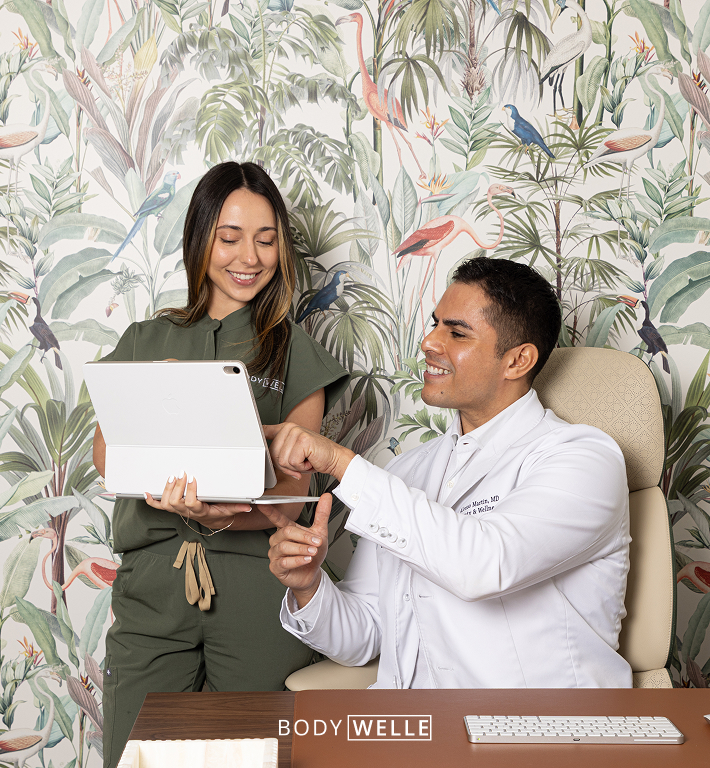
Start Your Journey to Success, Don’t Wait Any Longer!
Join our satisfied patients who’ve experienced safe, effective treatments.

How to Apply for Patient Assistance Programs
Applying for Patient Assistance Programs involves submitting an application with the necessary documents. Patients can begin their application for Novo Nordisk’s Patient Assistance Program either online or by paper submission. The application requires the submission of various documents such as tax documents, proof of income, and proof of residency. The healthcare provider must complete certain sections of the application, including the “Prescriber Section,” and may need to provide a letter regarding the patient’s medical condition.
Once approved, the medication is sent to the healthcare provider’s office and can usually be picked up by the patient within 10 to 14 business days.
Maximizing Savings Through Programs
Maximizing savings through programs involves submitting complete applications, meeting eligibility criteria, and utilizing automatic refills when available. To avoid delays and ensure maximum savings through Patient Assistance Programs, patients should submit a fully completed latest version of the application with all necessary supporting documentation.
An approved application for the Novo Nordisk PAP has a 12-month validity for uninsured patients and a benefit-year validity for Medicare Part D patients, with reapplication after October 15 enabling enrollment for the subsequent benefit year.
Discount Coupons and Other Savings Options
Discount coupons, savings cards, and online pharmacies can help patients save on Semaglutide costs. Prescription discount coupons can be an option to reduce the cost of Semaglutide without insurance, which can be used at pharmacies. However, using prescription discount coupons may result in high out-of-pocket costs as they cannot be combined with health insurance.
Eligible commercially insured patients can utilize savings cards like the Ozempic savings card, which can offer up to $450 in savings.
Finding and Using Discount Coupons
Semaglutide discount coupons can be found on platforms such as USA TODAY Coupons, which compiles deals and promo codes. Coupon offerings from companies like Optum Perks provide discounts at pharmacies like CVS Pharmacy, Walgreens, Walmart, and Costco, often achieving up to 80% savings on Semaglutide.
To apply a discount, consumers can copy the coupon code from platforms like USA TODAY Coupons and enter it on the Semaglutide checkout page. Coupons may offer a percentage off the order or a fixed dollar amount discount.
Online Pharmacies and Affordable Options
Some options for obtaining Semaglutide medications such as Ozempic include:
- Online pharmacies, which may provide more affordable options
- Virtual care consultation services, which can provide prescriptions for Semaglutide medications
- Speaking with a doctor or pharmacist, who can suggest more affordable online pharmacy options for those without health insurance
However, patients should be wary of fraudulent online pharmacies claiming to sell generic versions of Ozempic as these products may be counterfeit and unsafe.
Subsidies for Lower Health Spending
Eligible patients can lower health spending on Semaglutide through subsidies and manufacturer rebates. Manufacturer rebates and patient coupons can substantially decrease the net prices paid for Semaglutide in the U.S, which helps privately insured patients afford the medication. Ozempic provides a savings program for commercially insured patients. It can cover up to $150 for a 1-month supply, $300 for a 2-month supply, and $450 for a 3-month supply.
Under certain drug access programs by Novo Nordisk, patients may achieve potential savings of up to $450 every two months, aiding those who require financial assistance for their medication.
Alternatives to Branded Semaglutide
The market offers several alternatives to Semaglutide for weight management and blood sugar level control. Alternatives to Semaglutide for weight management include medications such as:
- Orlistat
- Phentermine-topiramate
- Naltrexone-bupropion
- Liraglutide
In addition to their use in chronic weight management, some of these medications, like liraglutide, also serve as alternatives for managing blood sugar levels and high blood pressure.
Medical conditions treated by Semaglutide, such as obesity, diabetes, and related metabolic disorders, can alternatively be addressed with these other medications.
Generic Versions and Their Affordability
Due to patent protections, there is currently no therapeutically equivalent generic version of Ozempic available in the United States. Patents and exclusivities protect the proprietary formulation of Ozempic, which may delay the introduction of generic versions until the expiration of these patents, ranging from 2025 to 2033. In the meantime, patients seeking alternative options might consider Ozempic and Wegovy as part of their treatment plan.
The earliest patent expiration date for a drug product related to Ozempic is May 23, 2024; however, potential availability of generic versions will also depend on the expiration of other patents with later dates.
Comparison with Other Weight Loss Drugs
A comparison between Semaglutide and other weight-loss drugs demonstrates variations in costs and effectiveness. Semaglutide effectively promotes weight loss, reduces the risk of chronic metabolic conditions, and increases satiety, as shown in studies indicating an average loss of about 15 percent of body weight. However, the list price of Semaglutide in the U.S. is significantly higher compared to other countries; for example, Wegovy has a U.S. list price of $1,349 per month versus $296 in the Netherlands, and Ozempic is priced at $936 in the U.S. compared to $169 in Japan.
Other prescription weight loss drugs like Tirzepatide, marketed as Mounjaro, have a lower U.S. list price of $1,023 per month compared to Wegovy, but still higher than prices in other countries, such as $319 in Japan. These drugs are often sought by individuals looking to lose weight.
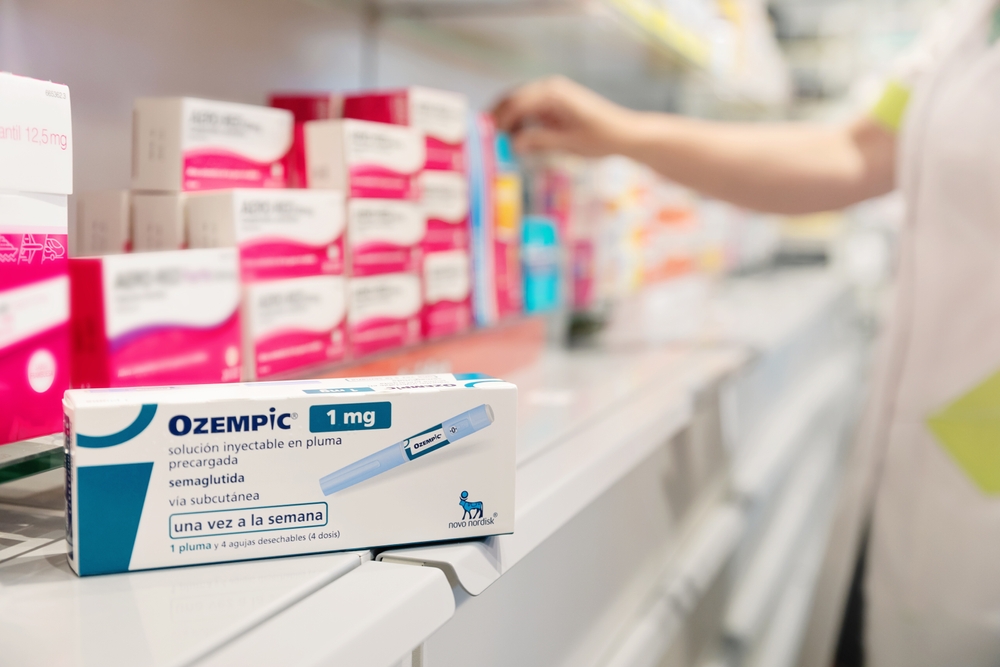

Off-Label Use and Cost Implications
If insurance does not cover non-approved indications, off-label use of Semaglutide could result in higher costs for patients. Ensuring insurance coverage for off-label use is a challenge, leading to significant out-of-pocket expenses when such uses are not included in the plan benefits.
Comprehensive economic evaluations are needed to assist in payer decision-making for off-label uses of Semaglutide, factoring in the cost against potential benefits. Semaglutide’s future pricing dynamics may be influenced by Medicare drug price negotiations or the emergence of new competitors in the weight-loss drug market.
The True Value of Semaglutide Treatment
The true value of Semaglutide is reflected in its ability to promote weight loss, enhance metabolic health, and minimize cardiovascular risks. Semaglutide has been associated with significant weight loss outcomes in patients with overweight or obesity in both cohort studies and randomized clinical trials. In addition to aiding in weight loss, Semaglutide improves overall metabolic health and reduces the risk of cardiovascular diseases. As a GLP-1 agonist, Semaglutide has increasingly become recognized for its beneficial role in obesity treatment and cardiovascular health improvement. However, its high cost raises debates on its cost-effectiveness, especially for non-diabetic patients.
Broader adoption of anti-obesity medications like Semaglutide can significantly affect healthcare spending and potentially the federal budget.
Weighing Cost Against Health Benefits
Studies suggest that Semaglutide could potentially reduce the risk of adverse cardiovascular events such as stroke and heart attack by 20% in obese individuals with a history of cardiovascular disease. The high cost of Semaglutide has raised debates on whether the long-term savings from its use as a weight loss drug justify the expense, especially for patients without diabetes.
The savings from reducing the risk of obesity complications like cardiovascular disease need to be balanced against the decades-long cost of Semaglutide, which is currently over $13,000 per year.
Long-Term Impact on Overall Health Spending
When considering a 30-year time horizon, cost-effectiveness analyses reveal that Semaglutide is more economically viable than other anti-obesity medications, diet and exercise alone, and no treatment. Semaglutide has been deemed cost-effective at a willingness-to-pay threshold of $150,000 per quality-adjusted life year, supporting its coverage and reimbursement by health insurance.
Novo Nordisk’s Diabetes Health Coach program assists patients in managing their diabetes more effectively, potentially decreasing medication costs and impacting overall health expenditure beneficially.
Patient Testimonials: Cost vs Outcome
Although no patient testimonials are currently available regarding the direct cost burden or financial ease of obtaining Semaglutide, there are positive patient accounts reporting significant weight loss and improved blood sugar control with Semaglutide use.
Patients have also experienced increased energy levels and an ability to gain weight as a beneficial outcome from Semaglutide treatment.
Summary
In conclusion, navigating the cost of Semaglutide involves understanding numerous factors, including insurance coverage, out-of-pocket costs, and pricing strategies by pharmaceutical companies. While patient assistance programs, discount coupons, and online pharmacies can help mitigate costs, the high price of Semaglutide still poses a significant burden for many patients. Alternatives to Semaglutide, including other weight loss drugs and generic versions, present viable options. However, the true value of Semaglutide lies in its effectiveness in promoting weight loss, improving metabolic health, and reducing cardiovascular risks, which must be weighed against its high cost.
Frequently Asked Questions
How much does it cost to inject Semaglutide?
The cost of Semaglutide injections can range from $25 per month with insurance to around $66 per injection or up to $15,000 per year without insurance or financial assistance. Therefore, the cost can vary depending on insurance coverage and financial assistance programs.
Is Semaglutide worth it for weight loss?
Yes, a study found that obese adults using Semaglutide plus a diet and exercise program lost a significant amount of weight compared to those who made the same lifestyle changes without Semaglutide. These individuals lost 15 percent to nearly a third of their body weight over 68 weeks.
How much is a 30-day supply of Ozempic?
A 30-day supply of Ozempic can cost around $900, but it is important to check with your insurance provider as they may cover some or all of the cost, depending on your plan and the condition for which the medication is prescribed.
Can insurance cover the cost of Semaglutide?
Yes, insurance may cover the cost of Semaglutide, but the coverage varies and may require prior authorization. It’s recommended to check with your insurance provider for specific details.
Are there any patient assistance programs for Semaglutide?
Yes, Novo Nordisk offers a Patient Assistance Program that provides Semaglutide at no cost to eligible individuals with diabetes.
About the Author
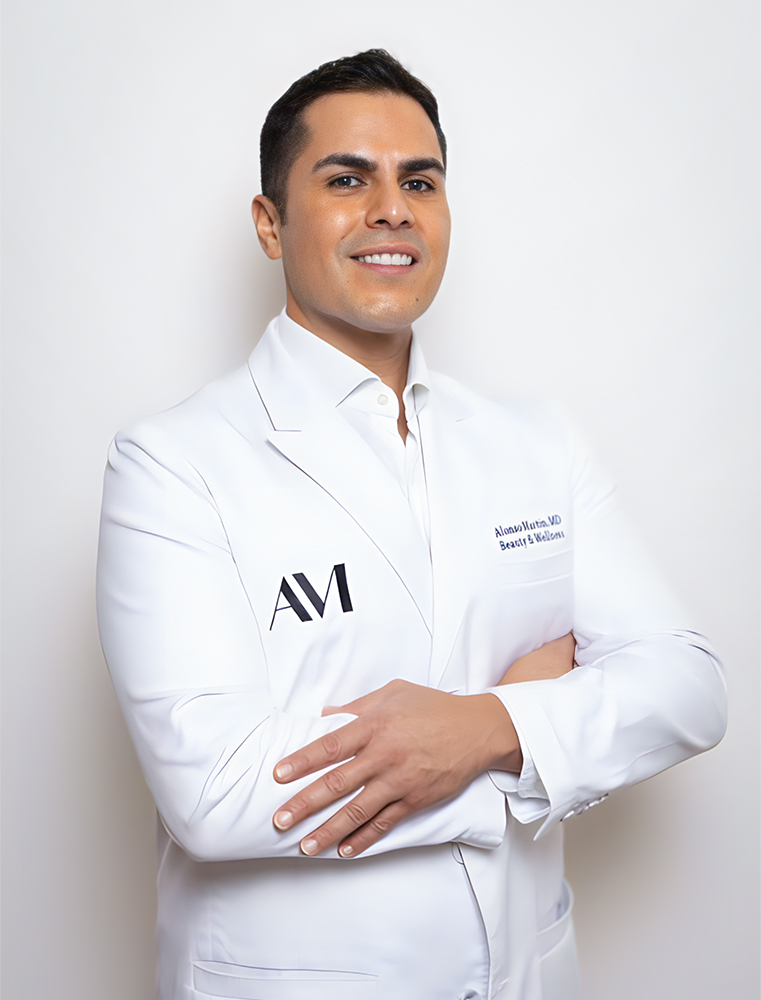
Dr. Alonso Martin is a renowned physician at the intersection of science, beauty, and longevity. Beginning his career at UCLA as a neuroscientist studying antioxidants’ effects on longevity, Dr. Martin now leads AM Beauty & Wellness Medspa in Miami, specializing in the latest non-invasive facial and body rejuvenation techniques. His expertise spans cosmetic dermatology, focusing on injectable neuromodulators like Botox, Daxxify, Dysport, and Xeomin, alongside an array of fillers including RHA, Juvederm, and Sculptra, to name a few. He is also adept in natural skin rejuvenation through PRF (Platelet-Rich Fibrin), stimulating collagen production and mitigating signs of aging.
Further enhancing his practice’s offerings, Dr. Martin utilizes Emsculpt NEO technology for muscle growth, tissue lifting, and fat elimination—techniques favored by NFL athletes and celebrities for strength and longevity. He passionately advocates for strengthening the body and optimizing its function as an anti-aging solution, incorporating peptide therapy to support overall wellness.
Dr. Martin trained at the University of California, Irvine Hospital in family medicine, where he treated patients of all ages with obesity, diabetes, thyroid & hormone disorders, high blood pressure, age-related diseases, chronic pain, and autoimmune conditions. With prestigious nominations like Resident of the Year at UCLA, he holds an M.D. from Michigan State University and a B.Sc. in Neuroscience from UCLA. Licensed in both Florida and California, Dr. Martin’s credentials underscore his commitment to enhancing patient well-being through advanced medical practices.
If you have any questions or would like to schedule an appointment, contact BODYWELL today by calling (305) 877-5084.